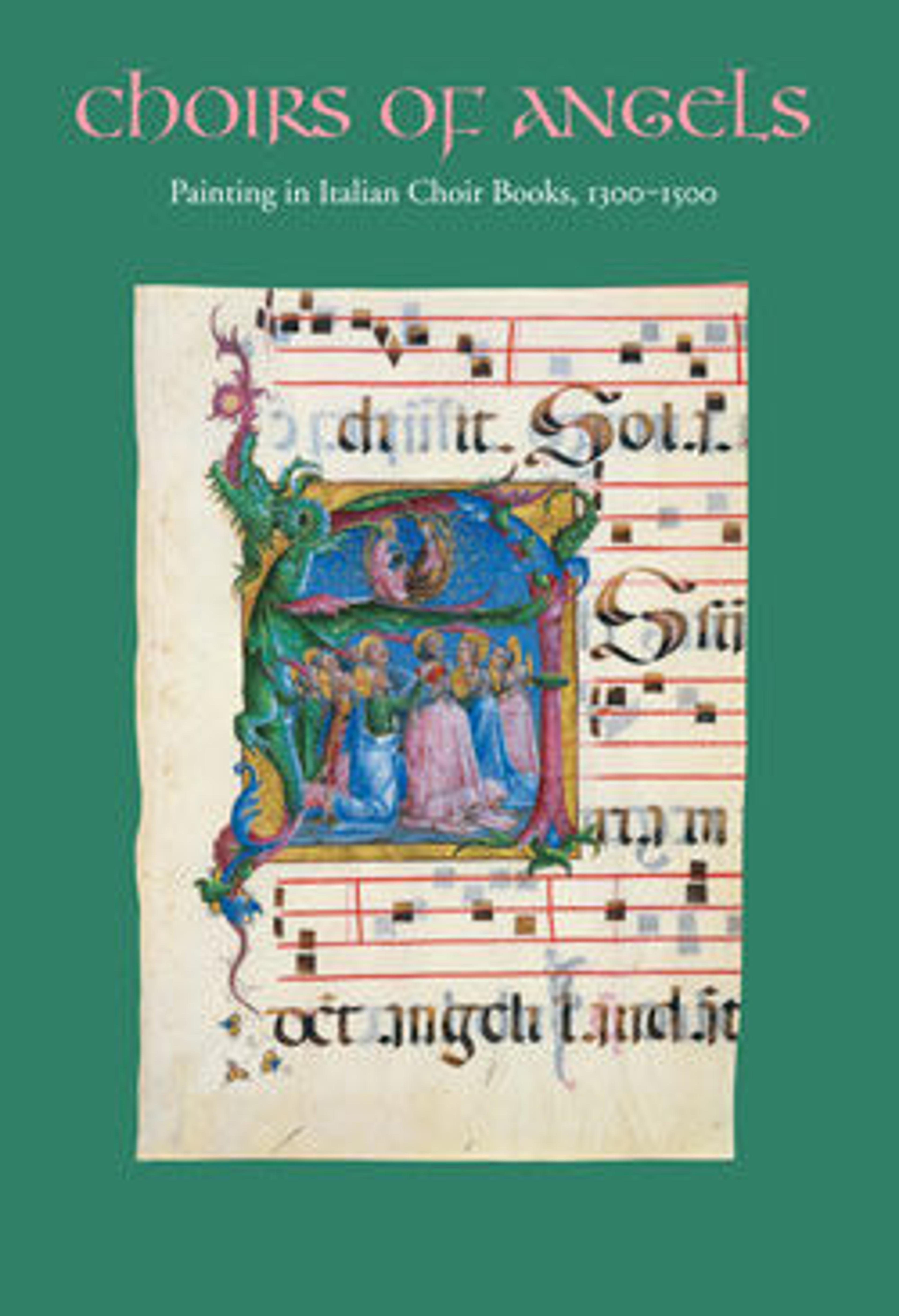Manuscript Illumination with Scenes of Easter in an Initial A, from an Antiphonary
Nerius' name is known from his signature on a legal manuscript, for which Bologna, with its great university, was renowned. This example of his work, however, was created for a community of Augustinian monks. The scene weaves the accounts of two Gospels. Following Mark, the women approach the tomb of Jesus to anoint his body but find an angel at his empty tomb. According to Matthew's report of what happened to two holy women on Easter Sunday, they meet Jesus as they leave.
Artwork Details
- Title: Manuscript Illumination with Scenes of Easter in an Initial A, from an Antiphonary
- Artist: Nerius (Italian, Bolognese, active 1310–1325)
- Date: ca. 1320
- Geography: Made in Bologna, Italy
- Culture: Italian
- Medium: Tempera, ink, and gold on parchment
- Dimensions: Overall: 9 7/16 x 9 3/8 in. (23.9 x 23.8 cm)
Stave Ht.: 1 1/16 in. (2.7 cm)
between stave ht.: 1 1/8 in. (2.8 cm)
Mat size: 19 1/4 x 14 1/4 in. (48.9 x 36.2 cm) - Classification: Manuscripts and Illuminations
- Credit Line: Rogers Fund, 1912
- Object Number: 12.56.1
- Curatorial Department: Medieval Art and The Cloisters
Audio
2848. Initial A with Scenes of Easter
0:00
0:00
We're sorry, the transcript for this audio track is not available at this time. Please email info@metmuseum.org to request a transcript for this track.
More Artwork
Research Resources
The Met provides unparalleled resources for research and welcomes an international community of students and scholars. The Met's Open Access API is where creators and researchers can connect to the The Met collection. Open Access data and public domain images are available for unrestricted commercial and noncommercial use without permission or fee.
To request images under copyright and other restrictions, please use this Image Request form.
Feedback
We continue to research and examine historical and cultural context for objects in The Met collection. If you have comments or questions about this object record, please contact us using the form below. The Museum looks forward to receiving your comments.
